Breathing life into the exhibits at the Natural History Museum for David Attenborough’s latest doc for Sky
Director Dan Smith and I couldn’t believe our luck.
It was a sweltering evening in July when we arrived at the Natural History Museum where we had the run of the place for a few weeks.
Inside was David Attenborough, who was waiting to meet a prehistoric beast that we and the team have dreamed up.
Well, not quite dreamed up.
The conceit of the film was for David to sneak into the museum at the end of the day, past the security guards, and, once the lights are turned off and the doors are locked, the occupants come to life.
David had a wish list of extinct animals he’s always wanted to meet that includes ice age beasts, marine reptiles, giant apes and, of course, dinosaurs.
Through close collaboration with the museum’s experts we dragged these animals from their skeletons and fossils, living and breathing, scientifically accurate and fully photo-real.
It’s a fabulous idea and based on David’s script we conceived some visually exciting sequences; a giant ground sloth digs into the museum floor, an ichthyosaur races a modern dolphin around the corridors and the museum’s iconic, giant dinosaur skeleton, Dippy, that occupies the central hall entrance, lumbers to life and risks bringing the roof down.
All had been researched thoroughly and storyboarded precisely.
Director of photography Tim Cragg had the enormous task of lighting the magical, Cathedral-like space and he worked closely with stereographer Chris Parks, who was fresh from working on Gravity.
Oh, did I mention it was shot in 3D on the Red Epic Atom rig and all at 4K, just to keep the five CGI vendors we’ve recruited on their toes?
Wrangling all this data was Onsight. As it’s the sixth 3D project David Attenborough and producer Anthony Geffen worked on with Onsight, we knew we were in safe hands but it was still a massive undertaking in the time we had to complete.
Lead VFX supervisor James Prosser managed the animation studios; Zoo, Fido, Milk, Jellyfish and CVFX, and there were over 200 shots to complete, all with unique challenges, like CGI fur and feathers.
James was present throughout the shoot to supervise and almost every shot was a backplate.
David stepped into these plates and had the challenge of acting against creatures that weren’t really there.
The art department stepped in with props to give the CGI teams good lighting reference and, most importantly, provide David a decent eye-line to perform to.
The first sequence to shoot was the reimagined Dodo.
With the help of world-leading Dodo expert Julian Hume, a more upright, stately bird that is far faster and more aggressive than the bird we’ve come to know in popular culture was brought to life.
This one even nipped David’s knee, which called for some major interaction on the first night.
David proved to be a brilliant actor – a talent he’s seemingly discovered quite late in life. The test of David’s acting was only really evident when the first previs was dropped in weeks after his performance.
With the combination of David’s performance and the skill of the animators, the Dodo, even as a rough, greyscale model, looked like it was really there.
Once skin and feathers were added for the final composite, reviewed every step of the way for accuracy by the production team, scientific consultants and of course David, it looks as believable as any other natural history piece to camera that David has given with a real animal.
Final sound effects by the award-winning Halo team and a beautiful score by Ilan Eshkeri add those final cinematic layers to the shots and helped to create a magical film.
- Mike Davis is supervising producer for David Attenborough’s Natural History Museum Alive 3D, which TXs at 6.30pm on Sky 3D on New Year’s Day and will be simulcast in 2D on Sky 1 HD

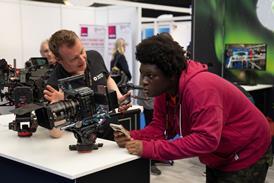




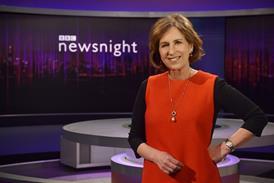
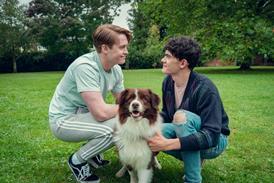


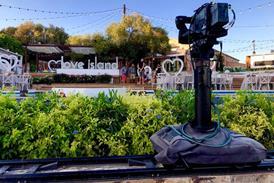
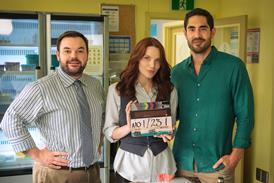

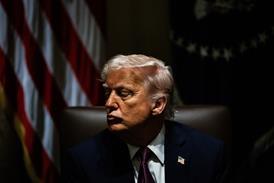
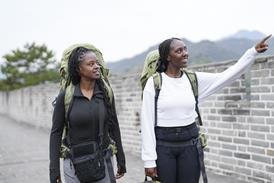













No comments yet